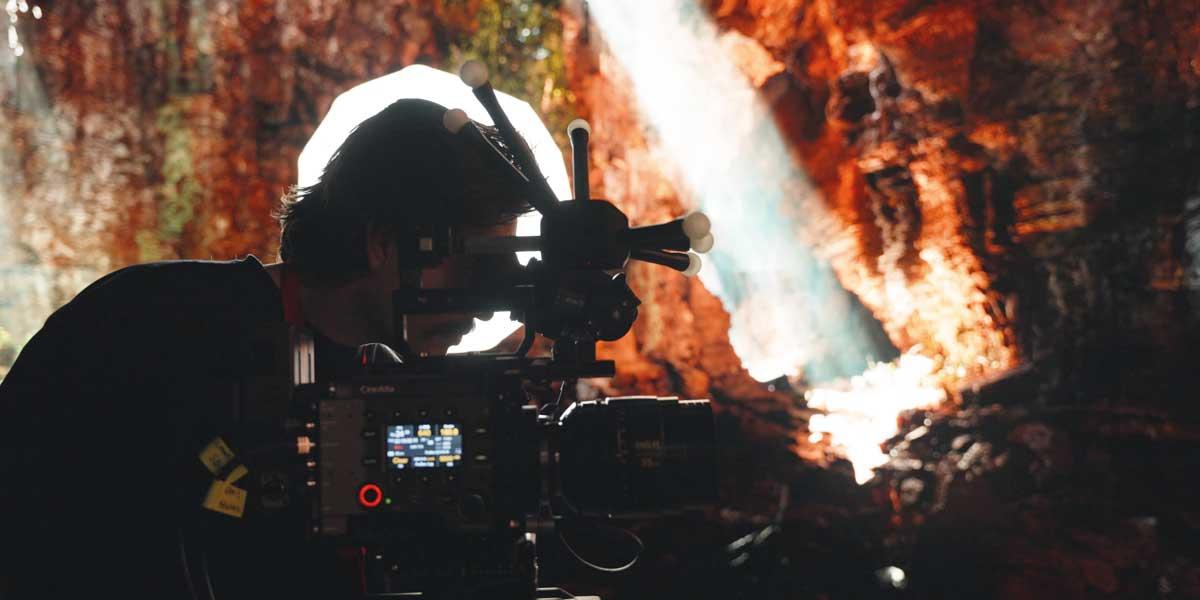Innovative Screen Research
Sony and University of the Arts London (UAL) have teamed up for a world first: delivering a specialist virtual production (VP) research stage with a Crystal LED wall offering incredible quality, unbelievable low reflectance and flexibility

Sony and University of the Arts London (UAL) have teamed up for a world first: delivering a specialist virtual production (VP) research stage with a Crystal LED wall offering incredible quality, unbelievable low reflectance and flexibility
Sponsored editorial
One of the most critical issues faced by the M&E industry is training a new generation of talent to prevent a global shortage in production and creative staff. Academic institutions like the University of Arts London (UAL) are crucial to combatting this, offering education and specific skill-based training to build that all-important next workforce and filter them out into the wider industry.
This is exemplified by its state-of-the-art facilities, making the technology employed by the industry more accessible to researchers and students than ever before.
XR textiles and dress
UAL, through its Fashion Textiles and Technology Institute (FTTI), is developing a specialist XR and VP Lab facility, funded by the UK Research and Innovation Arts and Humanities Research Council, at its new East Bank campus. This will advance research in the digital rendition of historical textiles and dress, spanning wide-ranging cultural and heritage contexts, and the integration of these assets into screen, real-time and live environments to create innovative digital material experiences.
“This is the first facility of its kind in the world,” says Professor Jane Harris. “We’re working with leading software developers, collaborating across the creative industries.”
The testing programme that UAL embarked on to achieve this project was extensive. “We undertook an extremely thorough and demanding series of camera and screen shoot-outs,” confirms Peter Hill, technical manager of 3D and material science at UAL. “Verona in 1.5mm and 2.3mm pixel pitch fulfils our remit of creating a fantastic, flexible VP stage with incredible quality, unbelievable low reflectance and flexibility.”
Sony Verona panels exceeded the UAL team’s expectations with their deeper blacks and anti-reflection surface tech. The high brightness, wide cinematic colour gamut and refresh rates up to 7680Hz also allowed for high-speed filming.
The research lab will also benefit from solutions such as the VP tool set, which could prove to be useful for researchers, allowing them to previsualise scenes and creative concepts using the virtual Venice for Unreal Engine to develop, previsualise and configure the Crystal LED displays for rapid deployment of VP projects.
However, it wasn’t just the panels that helped with the decision-making process; the comprehensive end-to-end support from Sony streamlined the workflow and was another significant consideration.
Moving forward
“Our partnership with UAL has been over 12 months in the making,” notes Sebastian Leske, head of cinema business development at Sony Europe. “Through rigorous testing, Verona came out on top, making a huge statement in the education sector about the use of VP to aid research and learning.”
Sony and UAL’s collaboration has proven successful for all involved.
This feature was first published in the Autumn 2024 issue of FEED.
